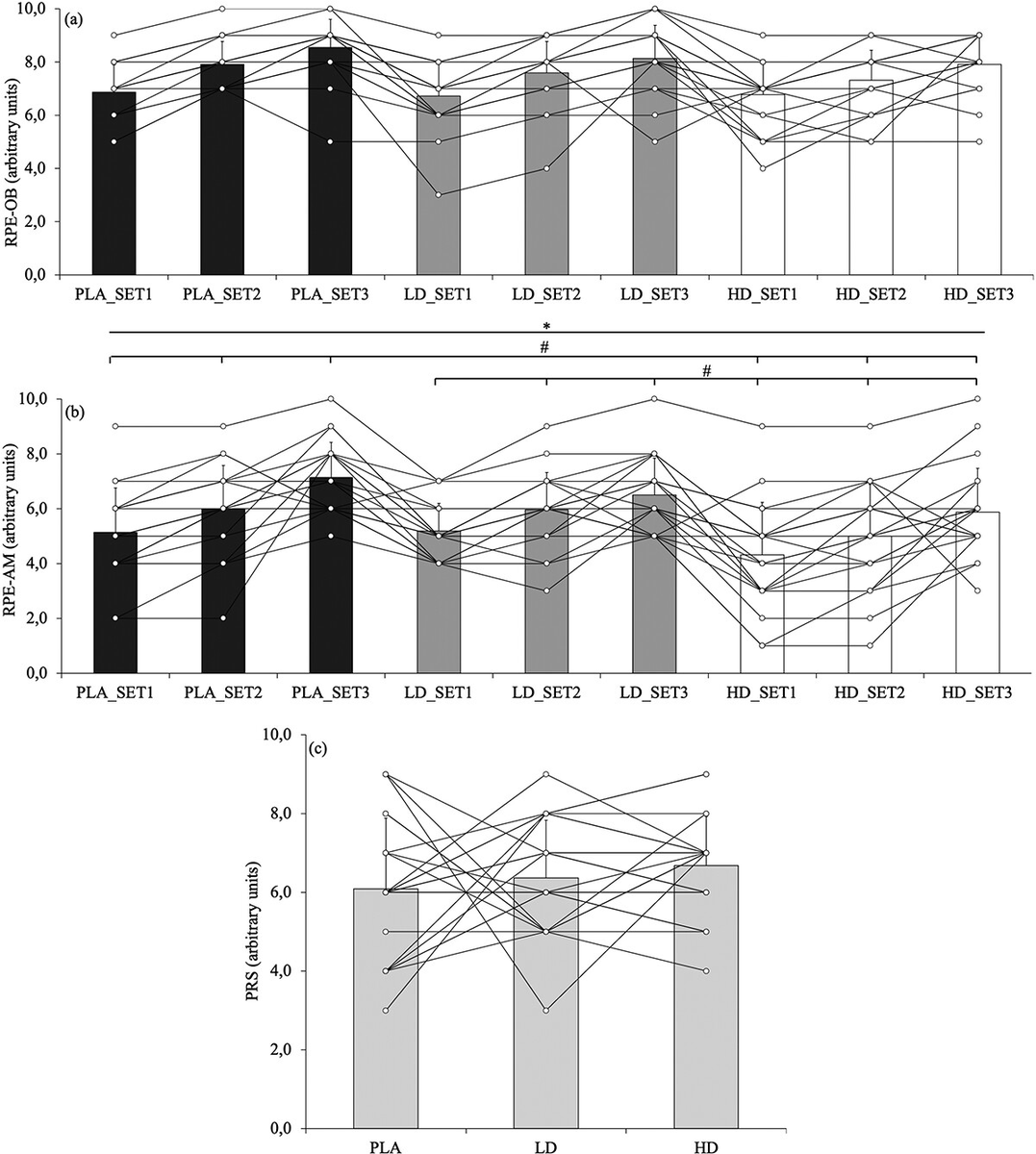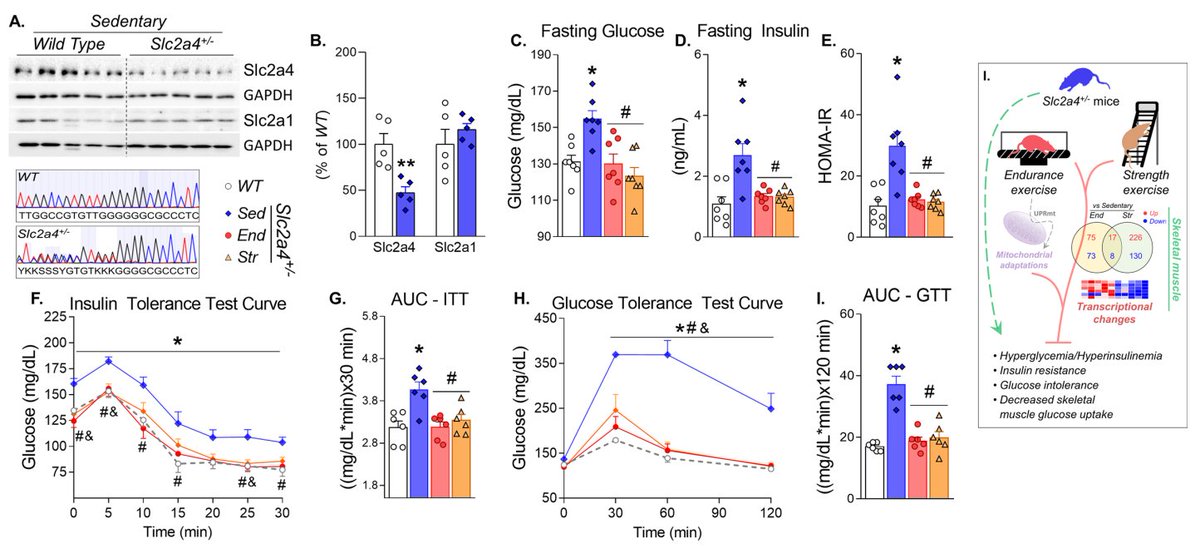The findings of this one suggest a possible defect in the transfer of PUFA from peripheral tissues to the liver in NAFLD, with HDL composition being tightly connected to the rewiring of hepatic PUFA composition that occurs in NAFLD. 

- NAFLD was characterised by a depletion in phospholipids (phosphatidylcholines, phosphatidylethanolamines, phosphatidylglycerols and sphingomyelins) specifically driven by their PUFA fraction.
- NAFLD patients had higher saturated and lower polyunsaturated FFAs.
- Findings also suggested that independently from the lower HDL-c concentration, HDL in NAFLD was characterised by PUFA phospholipid depletion and enrichment of saturated ceramides in NAFLD...
...something that might be intimately linked to insulin resistance and associated to liver damage.
- "Our results, despite being observational, show for the first time that the HDL lipidome of NAFLD patients carries lipidomic signatures similar to those previously described in both peripheral tissues and liver of patients with MetS/NAFLD...
...therefore potentially implicating HDL as a contributor to NAFLD development and progression in IR states."
Non-alcoholic Fatty Liver Disease is characterised by a reduced polyunsaturated fatty acid transport via free fatty acids and high-density lipoproteins (HDL) (open access)
doi.org/10.1016/j.molm…
#MetabolicSyndrome #NAFLD #NASH #InsulinResistance #Cholesterol #Triglycerides
doi.org/10.1016/j.molm…
#MetabolicSyndrome #NAFLD #NASH #InsulinResistance #Cholesterol #Triglycerides
• • •
Missing some Tweet in this thread? You can try to
force a refresh

 Read on Twitter
Read on Twitter








